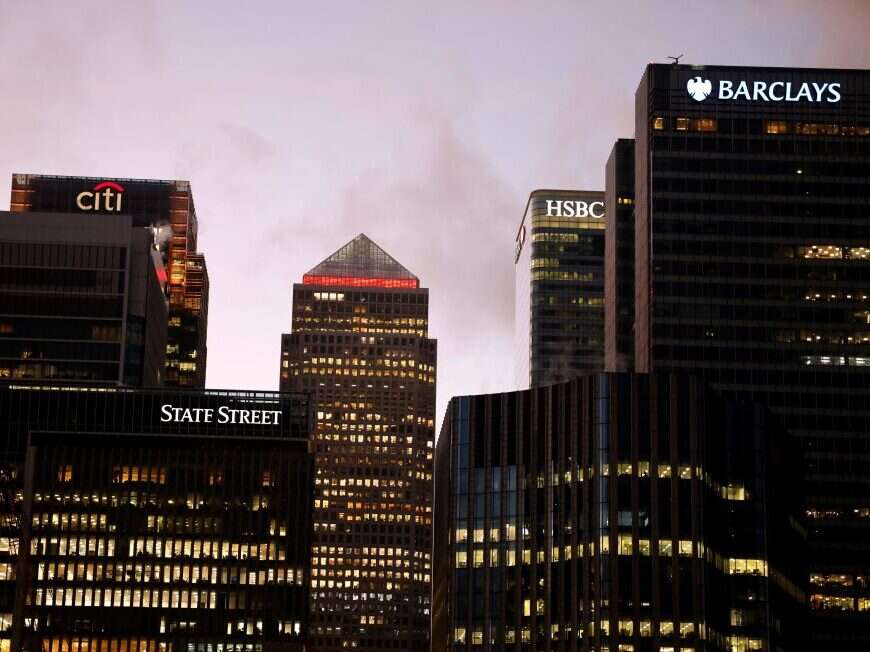
Coronavirus brought the physical world to a halt but coincided with a boom in media sector M&A activity, as has been chronicled by Press Gazette on our Media Deals Tracker.
What deals have been happening?
During the pandemic the surge in deals has hit every part of the media. Among news giants, The New York Times acquired sports title The Athletic for $550m while German publisher Axel Springer acquired US outlet Politico for £1bn.
Regional publishers have also seen a rise in deals, like the UK’s Archant being bought by Rcapital in August 2020 (and now reportedly back up for sale) or the acquisition of JPI Media and its 13 outlets by National World just a few months later.
While many deals have been centred around news outlets merging or acquiring other media organisations are driven by acquiring new technology.
All the deals in the below chart are listed in dollars. Any deals done in different currencies were converted to dollars using the exchange rate as of late January.
Why has there been a media M&A boom?
The M&A boom is not a phenomenon exclusive to the media - 2021 was a record year for all global M&As according to PwC, which said deals were up an unprecedented 24%.
The size of deals is getting bigger too. For tech, media and telecoms, the value of M&A deals increased by 48% between 2020 and 2021.
Investment in digital technology appears to be one major theme driving activity. Globaldata head of thematic research Cyrus Mewawalla told Press Gazette: “The one thing that all chief executives have learned from Covid is they need to tech-enable their business… Never before in the last 100 years have we seen so many technology themes taking off all at once.
“If you look at the winners and losers during the last two years, the winners are basically the companies who have tech-enabled their business or tech companies themselves.”
Alongside that, according to Mewawalla, there has also been a rise of defensive mergers designed to build scale and resilience, such as the one between digital publishers Vox Media and Group Nine.
As he put it: “In one sense, people are buying the technologies they need to succeed and in another rationale, they're going to have defensive mergers so that they can they can be bigger and protect themselves against tech.”
One of the simplest factors behind the boom overall is that it is easier and less risky to take on debt at the moment, according to Abi Watson, media analyst for Enders Analysis.
In the UK, the Bank of England kept its base interest rate at 0.1% for much of the pandemic, and currently stands at the still historically low .5%. In the US, the Federal Reserve kept interest rates at near zero throughout the pandemic. Having low interest rates makes loans cheaper for households and businesses alike, so media companies that have been considering making an acquisition for a while have no better time to raise the money needed to facilitate it than now.
There are other factors in the news media space in particular that have propelled the M&A boom too.
Many outlets struggling with the decline of print revenues will have felt a heightened financial pressure to shift to digital thanks to the pandemic. Meanwhile, some major companies have aggressively acquired previously print-centred titles so that they can integrate them into their own growing digital strategy.
Magazine publisher Future has seen record successes from its model of pivoting brands to become digital titles, funded by advertising and e-commerce revenues. Its share price more than doubled during 2021 and the company doubled its pre-tax profits to £108m for the year 2020/2021.
During the pandemic it has completed a slew of acquisitions, including publishers Dennis for £300m and TI Media for £140m, adding more than 50 titles to its portfolio from those two deals alone as it expands its digital strategy to more brands.
A leading legal adviser, who works with big news media brands but asked to remain anonymous, told Press Gazette: “Media companies have been feeling the heat a bit and have needed to look long and hard at themselves, and work out where their core strengths lie.
"It has made companies sit up and take a more careful look at their portfolios, and work out really strategically, what is their actual intention.”
The legal adviser suggested many outlets that may have been considering acquisitions or mergers for “two or three years” found themselves in circumstances where they had no choice but to act.
Part of that strategy includes a push for subscribers and therefore a more stable revenue stream than advertising. This means many outlets are also acquiring more brands to increase their subscriber base, as was the case with The New York Times’ Athletic acquisition which brought more than one million extra subscribers into the fold.
The M&A boom is a trend that appears set to continue with PwC predicting another “supercharged year” of M&A in 2022.
Picture: Tolga Akmen / AFP via Getty Images
Email pged@pressgazette.co.uk to point out mistakes, provide story tips or send in a letter for publication on our "Letters Page" blog
